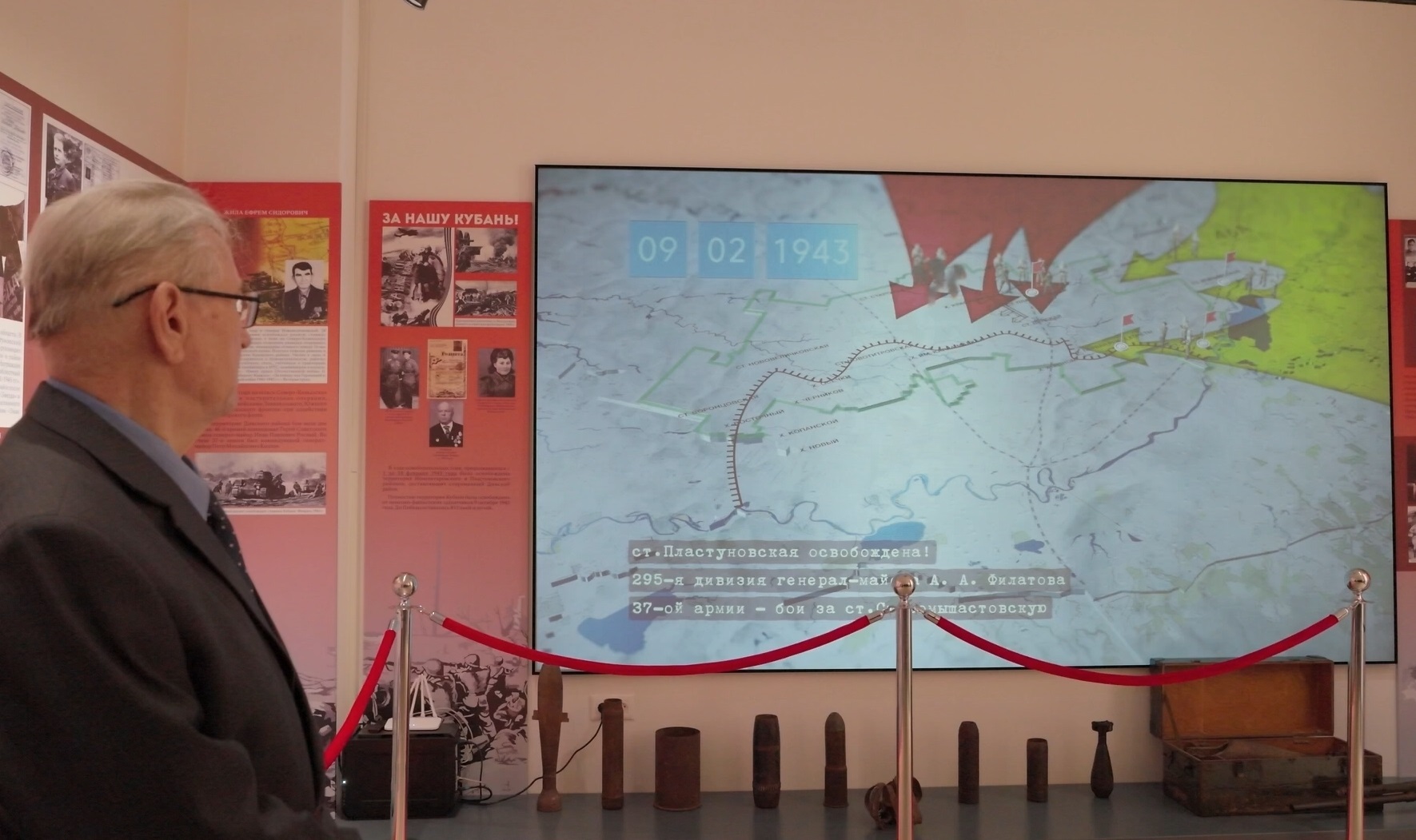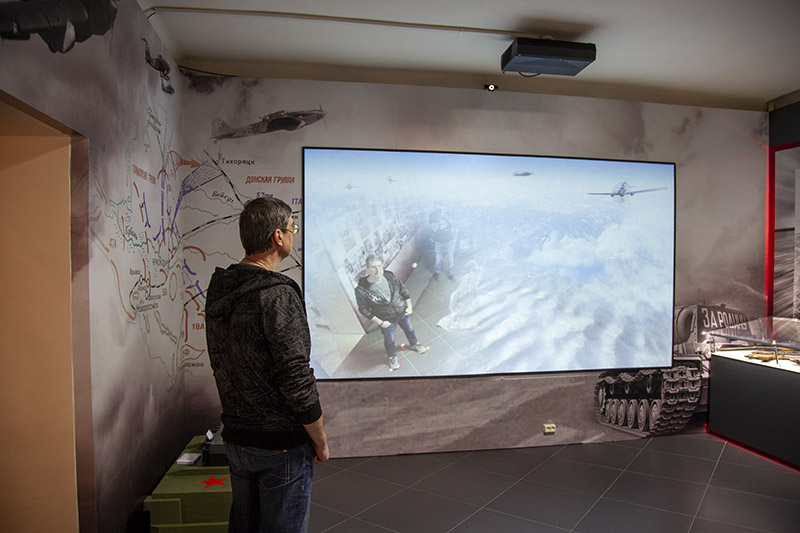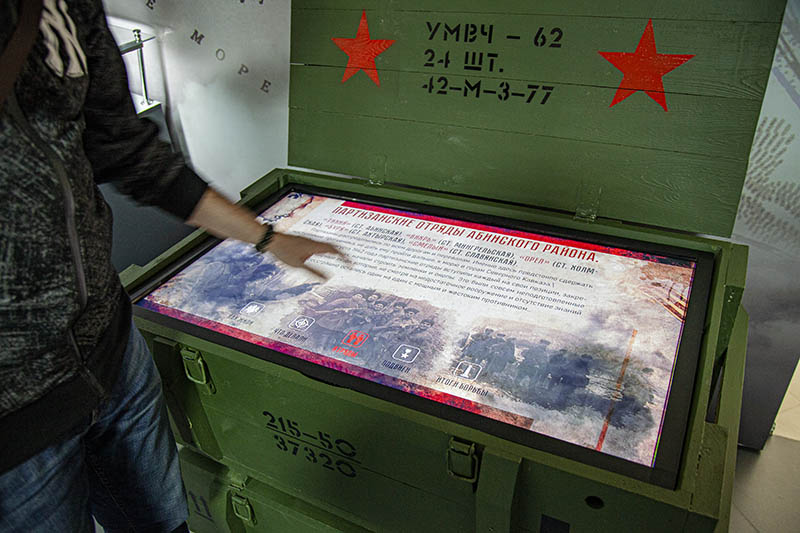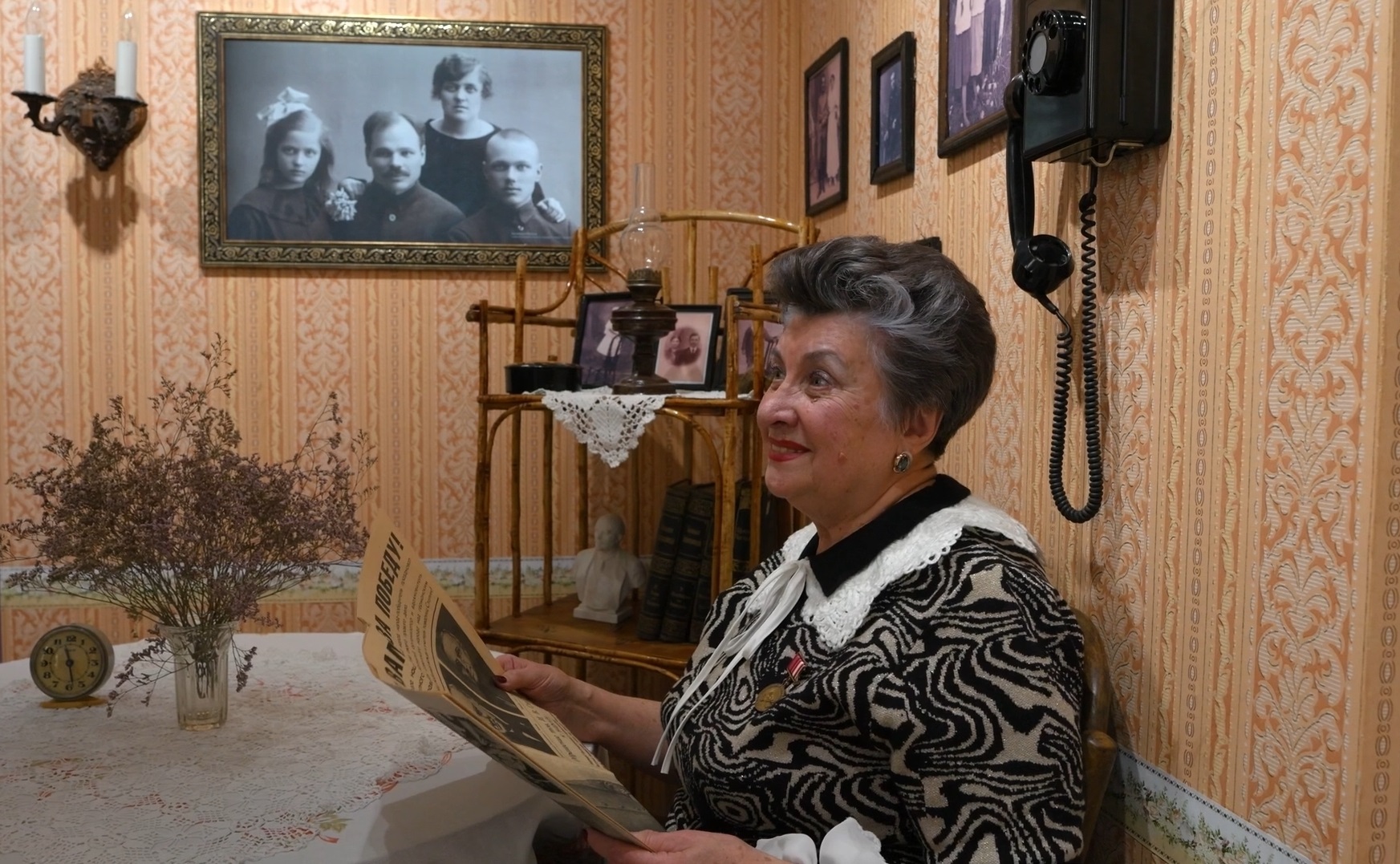“Touch with your hands!” Or How Multimedia Technologies Have Helped Museums
How often do we go to museums? What comes to mind when we hear the word “museum”?
Something fundamental, scientific? Interesting and educational? A modern building of glass and concrete? Dusty and boring halls? Golden and blue lace-like corridors of the Hermitage? The eternally dozing attendants in warm shawls by the doors of the exhibition rooms? Bright and impressive exhibits? A solitary visitor sitting on a bench before a masterpiece of world painting?
(underline what applies, or suggest your own answer)
Let us mercilessly move from trembling epithets and elaborate metaphors to the harsh statistics.
According to a recent study by a group of researchers from the Higher School of Economics, only 16% of Russian citizens visit museums, 50% are not interested in them, 14% know nothing about them at all, and the remaining 20% are aware of museums but do not visit them.
The rapid development of information technology places modern museums in a far from equal competitive position compared to new public media products. Despite all efforts to preserve cultural and historical heritage, the museum is ceasing to be a platform for its popularization. Small regional museums find themselves in the most difficult situation. Especially since not all regions can boast of stable tourist interest.
Stubborn statistics claim that in the last 30 years museum attendance has grown by as much as 43%. However — here comes the fine print: of this, 79% is accounted for by the museums of Moscow and St. Petersburg.
So how can museums remain respectable repositories of the region’s identity, while also being bright and active participants in various social, cultural, national and political processes? Especially those museums that are not in Moscow or St. Petersburg. And which often do not even have their own buildings. But they do have a few rooms where museum workers, passionate about their mission, try to showcase everything that generations of equally devoted museum professionals have gathered about their native land.
So, however hard you try to “please keep quiet,” it’s time to turn to modern technology. So that curious children and lively adults fill the museum halls. So that there are tours, emotions, memories and impressions. And not all this: dusty shadows forever stuck to museum displays, unfulfilled dreams of museum workers, piles of exhibits yearning to be seen yet locked away in boxes.
Museums no longer want to be boring! Now they are using new technologies, opening up truly limitless possibilities for deepening the context of how exhibits are perceived and involving visitors in direct interaction with history and art.
The demand for innovation in the museum sphere is growing by the day. Not only in Moscow and St. Petersburg, but also in the regions. Just last year we were approached by two district local history museums with a request to select and implement appropriate and interesting multimedia solutions given their conditions. In both cases the projects concerned halls dedicated to the district’s life during the Great Patriotic War, but the conditions, characteristics and sizes of the museums were completely different. Both projects turned out to be very interesting, unexpectedly warm and soulful. See the PORTFOLIO section for details.
So how can modern multimedia technologies help a local history museum? Delicately, conceptually justified, competently and professionally designed multimedia installations in any museum space can perform several of the most important functions!
-
Multimedia technologies enhance the emotional perception of the general theme of a hall, an exhibition stand, or even a single phenomenon.
For example, in one of the district local history museums, in a hall dedicated to World War II events, we created an installation in the form of an ordinary pre-war room: simple paper wallpaper, a round table with a tablecloth, framed photographs on the walls, a Bakelite telephone… The visitor picked up the receiver and brought it to their ear — and the largest family portrait on one of the walls suddenly “came to life” with footage of wartime newsreels, over which slowly appeared and disappeared lines from real letters sent from the front by district residents to their families. In the heavy telephone receiver, against the soft and familiar tunes of the war years, it seemed one could hear the voices of the very people who, in those terrible wartime years, wrote to their loved ones, believed in victory, and went toward it no matter what. Of course, in reality these were actors voicing the letters.
receiver and brought it to their ear — and the largest family portrait on one of the walls suddenly “came to life” with footage of wartime newsreels, over which slowly appeared and disappeared lines from real letters sent from the front by district residents to their families. In the heavy telephone receiver, against the soft and familiar tunes of the war years, it seemed one could hear the voices of the very people who, in those terrible wartime years, wrote to their loved ones, believed in victory, and went toward it no matter what. Of course, in reality these were actors voicing the letters.
It is very gratifying when you can see the result of your work in action where it was intended to be. And this time that’s exactly what happened. Such a seemingly simple idea: to voice the frontline letters. Not just to read them aloud, but to voice them, living through and feeling the character of each person who wrote them. To “hide” the voices in the old telephone receiver, breaking the boring museum rule of “do not touch,” and inviting v isitors to sit at the table covered with a worn embroidered tablecloth and just listen a little. Not one person who picked up the receiver remained indifferent. Some could not hold back tears; others seemed to stop somewhere deep inside, feeling those years, those people more profoundly. The faces of everyone who listened to at least one letter changed before your eyes, and it was very moving. How did this help the museum? Very simply. Having experienced deep emotions, people brought their friends, relatives and acquaintances, eager to share their impressions and feelings with loved ones.
isitors to sit at the table covered with a worn embroidered tablecloth and just listen a little. Not one person who picked up the receiver remained indifferent. Some could not hold back tears; others seemed to stop somewhere deep inside, feeling those years, those people more profoundly. The faces of everyone who listened to at least one letter changed before your eyes, and it was very moving. How did this help the museum? Very simply. Having experienced deep emotions, people brought their friends, relatives and acquaintances, eager to share their impressions and feelings with loved ones.
Another example — the multimedia installation “Wall of Memory.” Its essence was that one of the museum walls, using a projector, displayed the appearing and disappearing names and surnames of those who came face to face with the war. Countless lines, behind which lay the real fates of real warriors, residents of the district, its heroes and martyrs. And again, it would seem, nothing special — just lines on a wall, but it made a special impression on visitors, deepening their perception of the main exhibition.
-
Multimedia content can show objects, phenomena and events that cannot otherwise be shown.
Without false modesty, let us continue with examples from our own experience. In one of the museums, we proposed to “bring to life” what was essentially the only authentic hand-drawn map of the district’s liberation, created by one of its Honorary local historians. The map was good, but difficult to decipher at a glance — who, where, when… We implemented the idea with some additions — a dynamic introduction, short stories about prominent military leaders, VFX effects, 3D animation and an appropriate soundtrack with a male voiceover. How pleasant it was in the end to hear the youngest museum visitors say they were impressed by the presentation video, that they finally understood how the Soviet army divisions moved, where the fiercest battles took place and when they ended in victory. How else, in two minutes, can you explain to a child what all those arrows, numbers, abbreviations and lines on the yellowed sheet mean? How can you explain to a curious little one that behind that strange drawing lie thousands of lives, hundreds of feats, countless thoughts, hopes, fears and stories of an entire nation?
-
Multimedia content encourages visitors to learn more about the theme of the exhibition.
One of the undeniable advantages of multimedia installations over traditional museum display methods is interactivity. The slogan “do not touch the exhibits,” absorbed by generations almost on a genetic level, has finally been ruthlessly overturned by high technology. In today’s unromantic times, it is unlikely you  will find a schoolchild who can persuade friends to go to a museum seriously to study a stand covered in illustrated printouts. But to go “play” with a giant tablet — yes. In one local history museum, in the WWII hall, we “hid” a large touch table in a decorative ammunition box. The lid of the box revealed a screen, which, when touched, allowed visitors to independently study the chronicles of the district’s partisan movement. Moreover, the interactive multimedia presentation for the touch table (for it was precisely that) was designed to be clear even to primary school children. The presentation was accompanied by a very simple and understandable menu for quick selection and transition to the desired pages. For example, the page about the partisans’ daily life was labeled “how they lived,” information about their activities — “what they did.” Other sections — “units,” “feats,” and “outcome of the struggle.” Everything was clear, visual, detailed yet concise. A
will find a schoolchild who can persuade friends to go to a museum seriously to study a stand covered in illustrated printouts. But to go “play” with a giant tablet — yes. In one local history museum, in the WWII hall, we “hid” a large touch table in a decorative ammunition box. The lid of the box revealed a screen, which, when touched, allowed visitors to independently study the chronicles of the district’s partisan movement. Moreover, the interactive multimedia presentation for the touch table (for it was precisely that) was designed to be clear even to primary school children. The presentation was accompanied by a very simple and understandable menu for quick selection and transition to the desired pages. For example, the page about the partisans’ daily life was labeled “how they lived,” information about their activities — “what they did.” Other sections — “units,” “feats,” and “outcome of the struggle.” Everything was clear, visual, detailed yet concise. A nd also — stylish, modern, youthful. Relevant and high-tech. Not boring and hands-on.
nd also — stylish, modern, youthful. Relevant and high-tech. Not boring and hands-on.
The functions that multimedia technologies can perform in a museum are endless, just like the installations themselves. Interactive navigation systems, audio guides, virtual assistants and tours, installations using multimedia projections with and without screens, various interactive devices, augmented reality technologies, virtual reality tools, holograms and pseudo-holograms, video mapping, mobile apps — all of these are magnificent, high-tech, modern tools that create true wonders. And belief in wonder, as we know, never goes out of style!